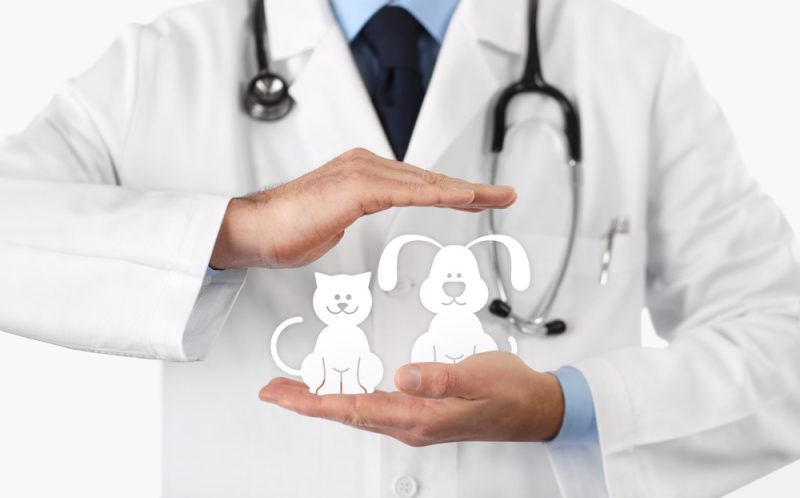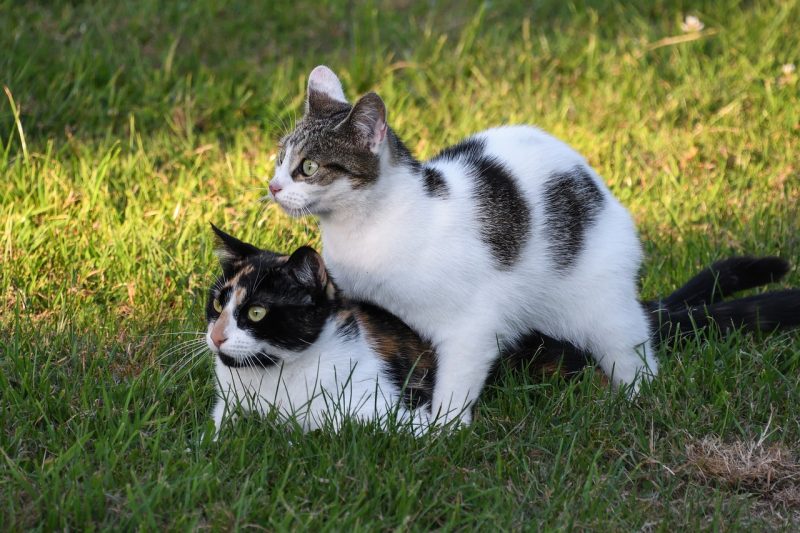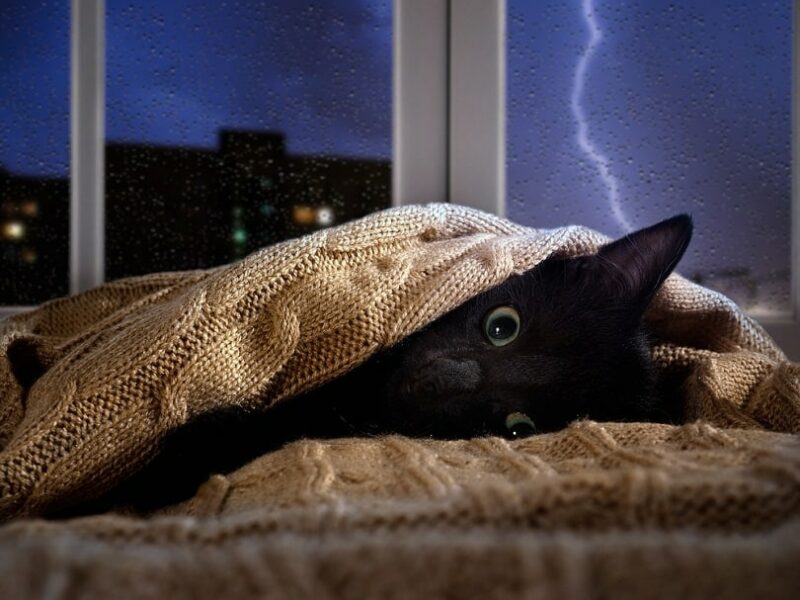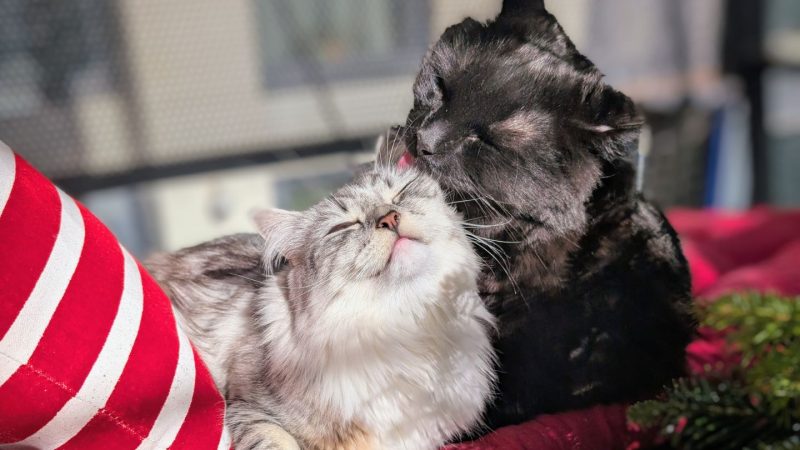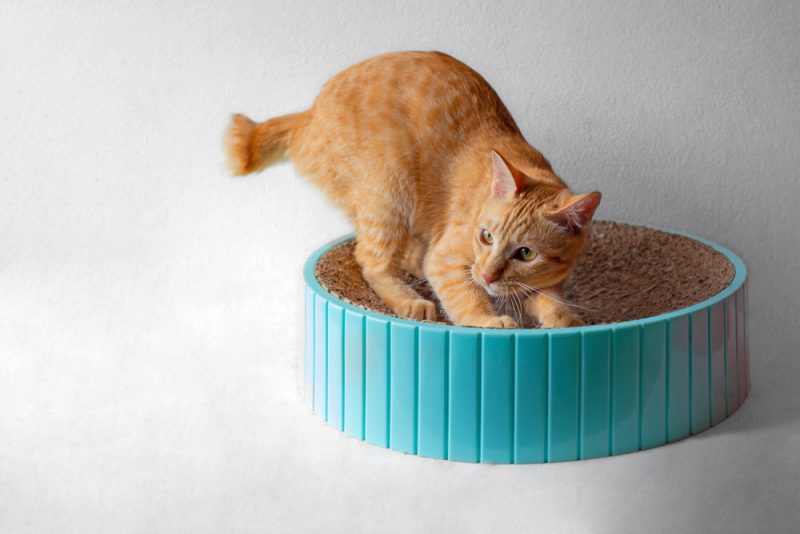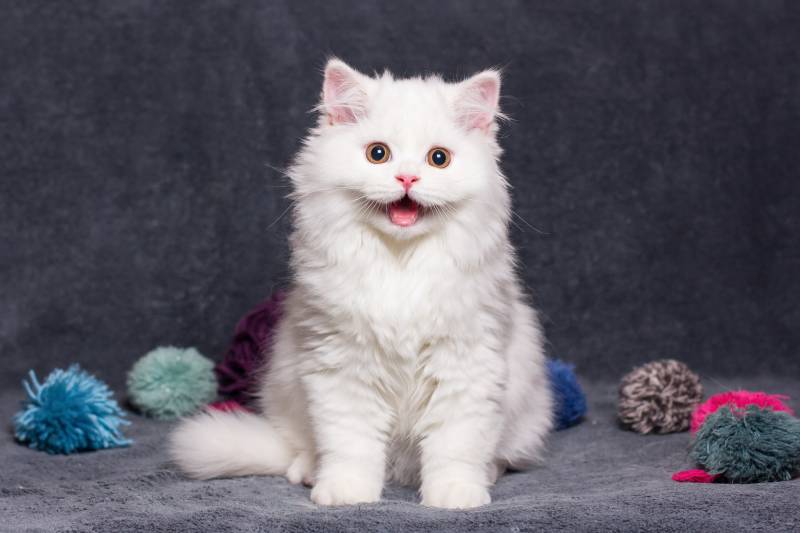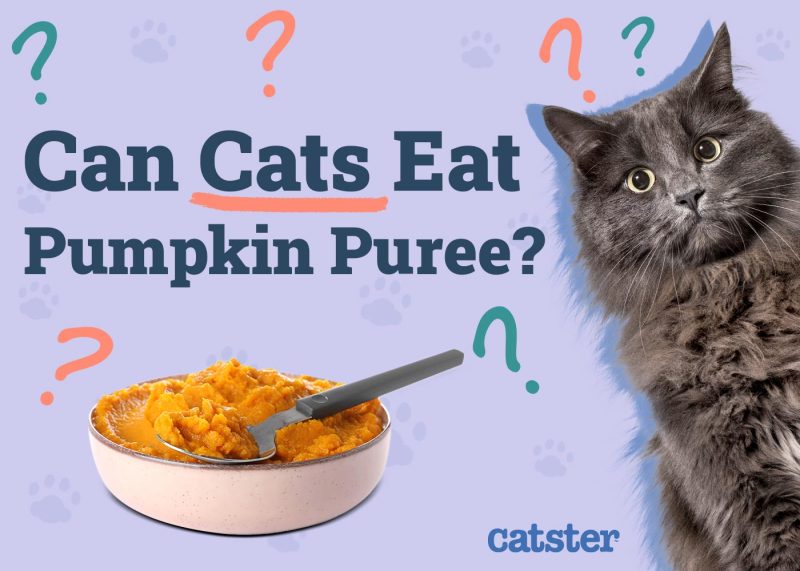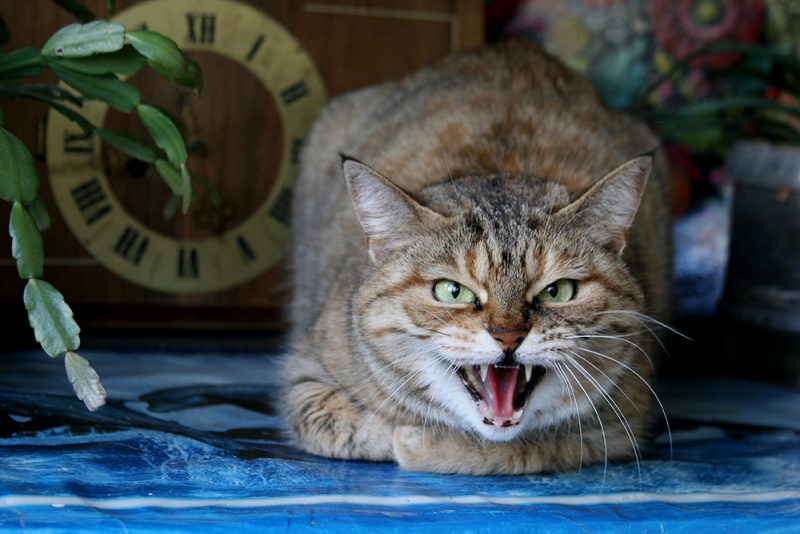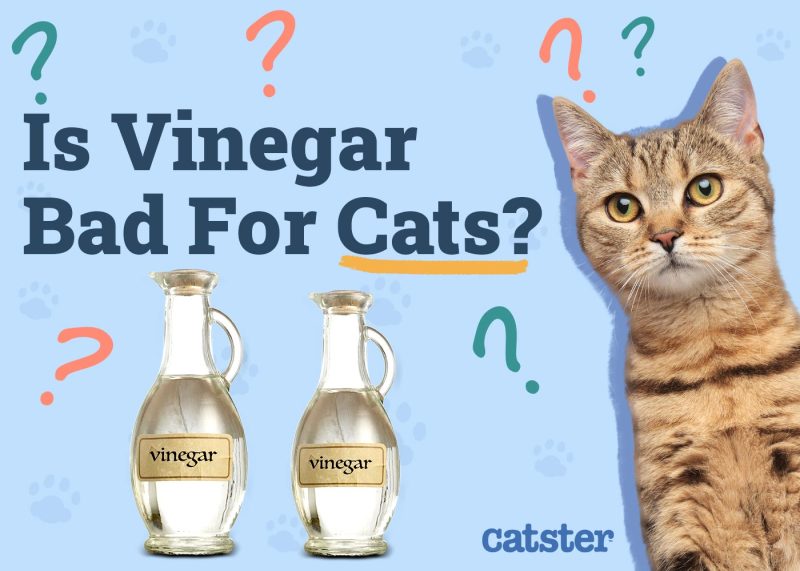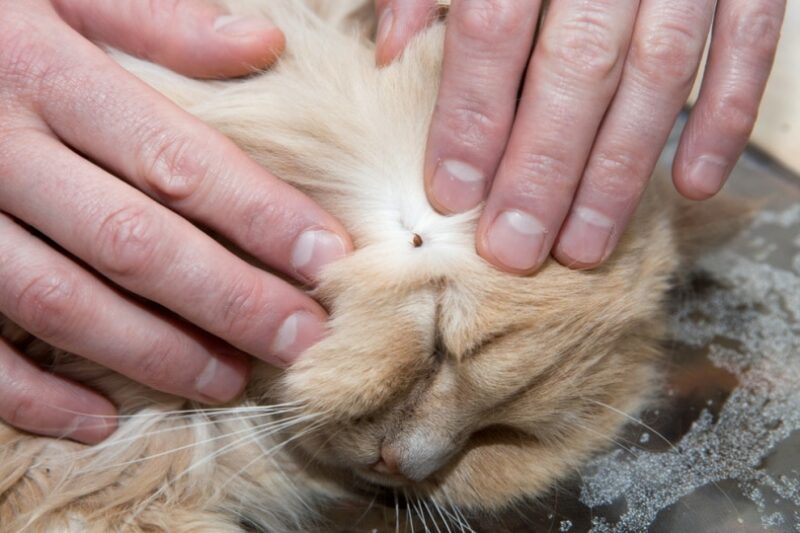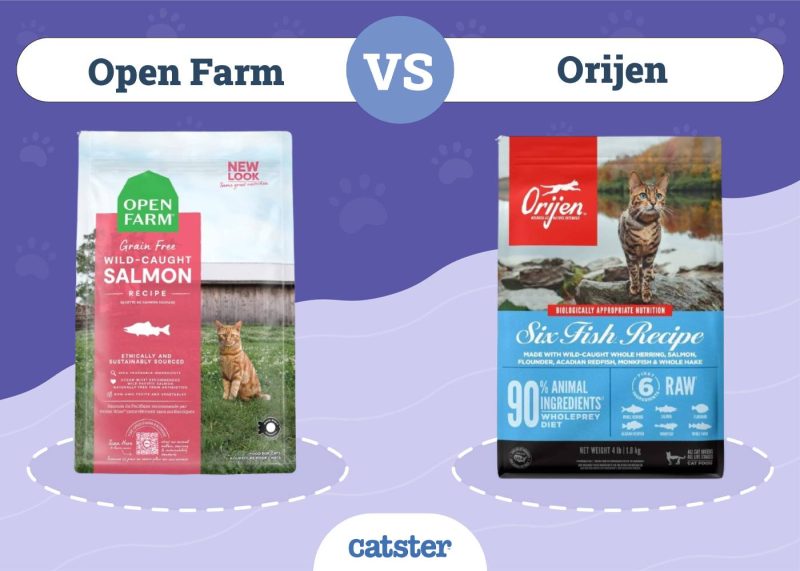In this article
Owning a pet is absolutely a joy. However, unexpected vet bills strain your wallet, putting a strain on pet ownership. Pet insurance provides a safety net for pet owners, allowing you to keep your furry friend healthy without all the financial strain on yourself.
In this article, we’ll explore how much pet insurance typically costs, including which factors influence the price. On average, you can get pet insurance for your cat for $28.
The Importance of Pet Insurance
Our furry companions become cherished members of our families.
Like any of our family members, we want to ensure our cats receive the best medical care possible. While we’d much rather our cats never get sick, diseases and injuries can strike any feline. Unfortunately, vet care can quickly surge to thousands of dollars, especially for emergencies and surgeries. Chronic treatments can cost even more.
Pet insurance helps cover some of these expenses. With pet insurance, you can make the best decisions about your pet’s recovery without worrying about the potential cost.
Pet insurance also gives you peace of mind. You won’t have to worry about your bank account balance when trying to save your pet’s life.

How Much Does Pet Insurance Cost?
The cost of pet insurance can vary widely. However, we can give you a ballpark figure. For cats, you can expect to pay around $28 (as of 2024). This range can differ, though. Some cats may only have insurance as low as $17, while others may cost over $45.
While this average cost provides a starting point, the price tag can vary widely. Here are the factors that have the biggest impact:
- Breed: Certain breeds may be cheaper or more expensive to insure, given that some are healthier than others. However, this is less of a factor in cat insurance than dog insurance.
- Age: Younger pets often have lower premiums and are statistically less likely to have expensive vet care. Often, these premiums increase as the cat gets older. Older cats can be very expensive to insure.
- Location: Veterinary costs can vary widely across regions, impacting insurance costs. Your zip code will be one of the biggest factors insurance companies use to determine your price.
- Coverage Type: Many types of plans exist. Accident-only plans are cheaper than plans that cover illnesses, but they also have very narrow coverage.
- Deductible & Reimbursement: Choosing a plan with a higher deductible lowers your monthly payment, but you’ll have to pay more whenever your cat gets sick. Opting for a lower reimbursement percentage (how much the insurance pays for each vet bill) reduces your premium, but you’ll also have to pay more for each vet bill.
Consider these factors when determining how much you can expect to pay for pet insurance. Some of these you can change, such as the deductible and reimbursement percentage. Most are out of your control, however.
Additional Costs to Anticipate
While pet insurance premiums are the focus of most pet insurance guides, they aren’t the only payment you’ll need to worry about. For instance, here are some additional costs that you’ll also have to pay for your cat’s health care.
- Annual wellness exam and vaccinations: A pet insurance plan does not typically cover annual wellness exams. You’ll need to factor in the average cost of the routine visits to get a better picture of your annual expenses.
- Non-covered procedures: Like any insurance, pet insurance typically excludes specific procedures. These will differ from plan to plan, but your cat may need one of the excluded procedures. Pre-existing conditions are not covered.
- Co-pays and deductibles: You’ll have to pay a portion of these bills before your insurance coverage kicks in. Choosing a plan with a lower monthly premium usually means these costs will be more expensive.
- Yearly renewal increases: Practically all pet insurance companies increase the cost of your premium yearly as your pet ages. Expect your price to go up, sometimes substantially.
When Should I Get Pet Insurance?
Preferably, you should get pet insurance as early as possible, within the first 6 months of adopting your cat. Younger pets are often healthy, so waiting may seem like a good idea. However, their premiums are often lower, and accidents can happen at any time. You’ll be paying a minimal amount for peace of mind.
Pet insurance also doesn’t cover pre-existing conditions. Therefore, you should get coverage before your cat develops any health problems. Getting insurance early will ensure that all future health problems will be covered.
While there is often no penalty for waiting, vet bills can cost thousands, even for younger cats. Pre-existing conditions can also be a roadblock to later coverage. Enrolling early allows you to cover early health problems and prevent pre-existing clauses from coming into effect.

What Does Pet Insurance Cover?
Pet insurance acts as a financial safety net for many veterinary expenses. However, it doesn’t cover everything. The specifics of what’s covered vary widely, depending on the plan you choose.
Often, pet insurance covers unexpected injuries like broken bones, swallowed objects, and bites. Hospitalizations, medication, diagnostics, and surgery for those conditions are all covered. However, some plans do not cover the initial vet visit until your pet is diagnosed. In other words, if you go because you think your pet is injured, and they are not, you won’t be able to claim that visit.
Most plans also cover illnesses such as cancer, infections, and digestive problems. Allergies and chronic conditions diagnosed after pet insurance is purchased are usually covered. Most plans only cover illnesses and accidents.
However, you can purchase add-ons and other plans that may include other coverage options. For instance, some plans offer coverage for routine preventative care, like annual vaccinations and checkups. These plans are often expensive, but they don’t always provide much back for the extra price.
Most plans do not include behavioral therapy, but you can find add-ons that cover behavioral therapy. Often, this isn’t necessary for cats, but some owners find that you can never be too careful. Many pet insurance plans have optional additions that include end-of-life care, including euthanasia and cremation.
- Pre-existing conditions: Any health condition your cat has before enrolling won’t be covered.
- Elective procedures: Any procedure, such as cosmetic surgery, that isn’t required isn’t covered.
- Preventative care: Most plans don’t cover the cost of preventative care. Some add-ons may provide this coverage, however.
Conclusion
Pet insurance may seem like an optional expense for your cat. However, it can help pay vet bills, which can easily reach thousands of dollars. Accidents and illnesses can happen at any time, so we highly recommend investing in pet insurance right away.
Several factors determine how much your monthly premium will be. Your location is the most significant factor, as vet bills vary by zip code. Insurance companies know this and adjust their premiums to match. Premiums also increase as your cat ages.
Premiums aren’t the only cost of pet insurance. You also have to consider your deductible and reimbursement rate. They will help you determine what you’ll pay out-of-pocket when your cat needs to visit the vet.
- You might want to check out: Pet Care Insurance Review: Pros, Cons & Verdict
Featured Image Credit: visivastudio, Shutterstock
